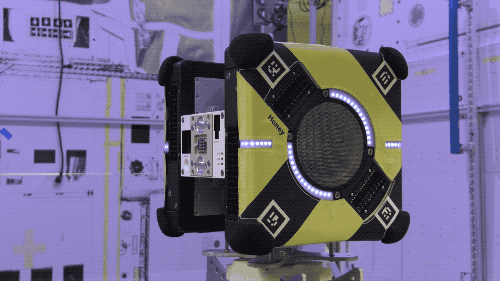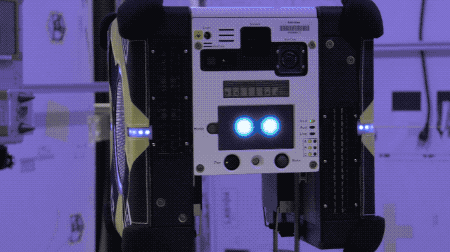NASA to send self-charging ‘robotic bees’ to help astronauts aboard ISS

As a part of one of the most advanced space collaborations between humans and robots, NASA is sending some self-charging ‘robotic bees’ up to the space station to help astronauts.
NASA recently announced its plans to send robotic bees, dubbed Astrobee, to the International Space Station (ISS) later this month, which will fly alongside the astronauts and help scientists develop and ‘test technologies for use in zero-gravity’ and ‘help the astronauts do their routine chores’.
Our @Space_Station crew is gaining 3 robotic helpers — Astrobees! 🐝 These cube-shaped robots will stay busy, flying around the orbital lab assisting basic tasks & allowing our astronauts more time for science. But how will they do it? See for yourself: https://t.co/ghyiMwrWZ8 pic.twitter.com/qwwk5wljeH
— NASA (@NASA) April 3, 2019
The 1sq.ft, compact, cube-shaped flying robots consist an array of cameras and sensors for navigation, crew monitoring, sampling activities, logistics managements and such other routine tasks. It also features a touchscreen, speaker and a microphone, along with a mechanical arm that enables it to handle cargo or running experiments.

NASA will be sending bees to Mars before humans
Astrobees are outfitted with fan-based propulsion system which it uses to move in any direction and turn on any axis in space. Powered by an onboard battery, when the bees get low of battery, they automatically navigate to a nearby dock to recharge themselves.


As per NASA, they wish to use Astrobees in order to learn more about how humans interact with robots over extended time periods and in close proximity. Also, Astrobees is a key for future missions to the moon and beyond.
Also, the Astrobees’ cameras will give on-ground controllers the ability to fly around the space station and inspect the surroundings. The space agency said, “They can see and hear the station activities through the free-flyers’ microphone and cameras, monitor and conduct experiments, or oversee routine chores by remote control, almost like being there.”






















Comments
Comments are closed.